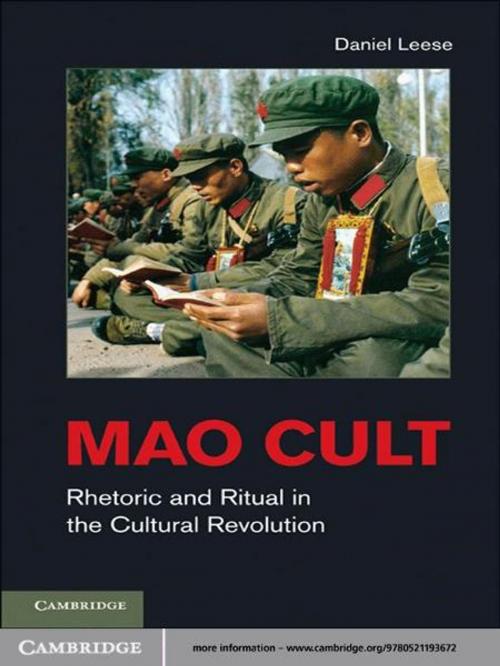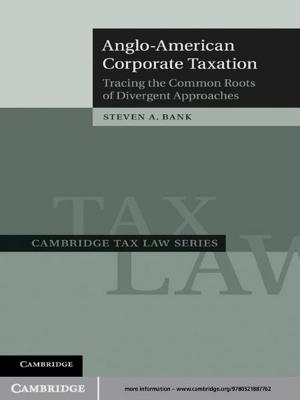Mao Cult
Rhetoric and Ritual in China's Cultural Revolution
Nonfiction, History, Asian, Asia, Social & Cultural Studies, Political Science| Author: | Daniel Leese | ISBN: | 9781139124621 |
| Publisher: | Cambridge University Press | Publication: | October 31, 2011 |
| Imprint: | Cambridge University Press | Language: | English |
| Author: | Daniel Leese |
| ISBN: | 9781139124621 |
| Publisher: | Cambridge University Press |
| Publication: | October 31, 2011 |
| Imprint: | Cambridge University Press |
| Language: | English |
Although many books have explored Mao's posthumous legacy, none has scrutinized the massive worship that was fostered around him during the Cultural Revolution. This book is the first to do so. By analyzing secret archival documents, Daniel Leese traces the history of the cult within the Communist Party and at the grassroots level. The party leadership's original intention was to develop a prominent brand symbol, which would compete with the nationalists' elevation of Chiang Kai-shek. However, they did not anticipate that Mao would use this symbolic power to mobilize Chinese youth to rebel against party bureaucracy itself. The result was anarchy and when the army was called in it relied on mandatory rituals of worship such as daily reading of the Little Red Book to restore order. Such fascinating detail sheds light not only on the personality cult of Mao, but also on hero-worship in other traditions.
Although many books have explored Mao's posthumous legacy, none has scrutinized the massive worship that was fostered around him during the Cultural Revolution. This book is the first to do so. By analyzing secret archival documents, Daniel Leese traces the history of the cult within the Communist Party and at the grassroots level. The party leadership's original intention was to develop a prominent brand symbol, which would compete with the nationalists' elevation of Chiang Kai-shek. However, they did not anticipate that Mao would use this symbolic power to mobilize Chinese youth to rebel against party bureaucracy itself. The result was anarchy and when the army was called in it relied on mandatory rituals of worship such as daily reading of the Little Red Book to restore order. Such fascinating detail sheds light not only on the personality cult of Mao, but also on hero-worship in other traditions.















